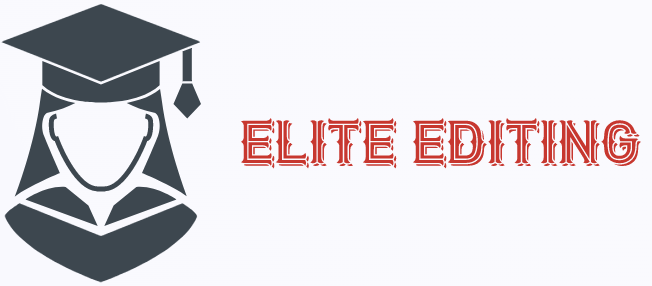When citing an online article, you must include the full DOI, or digital object identifier. This unique alphanumeric string is assigned by the registration agency and serves as a permanent link to the content. The DOI is often considered the most important part of the citation, as it directs readers to the specific article. The DOI should be included as a URL. Here are some helpful tips on how to cite an online article:
Using the “webpages” or “websites” category
When citing an online article, cite it using the webpage or website category if the source does not have a parent publication. Cite a webpage in the text of your article using the full website or webpage URL in brackets. Cite the website in the reference list, but do not include the name of the author or website. If the source has changed, include the date and month of retrieval.
To properly cite an article, use the URL of the site and the name of the author or organization that published it. If the author or website changes, use a different category. A website or webpage must be different from the author or organization that produced the article. When using the “webpages” or “websites” category, include the title in italic sentence case and the URL.
Using the DOI
When citing an article that appears on the Internet, the author’s last name, first and middle names, and middle initials should all be capitalized. In addition, page numbers should be listended by a period. Using the DOI to cite an online article in apa 7th edition follows the same format as citing a print article. To include the DOI, however, you must list the article’s URL and the DOI.
The DOI is a number that gives a persistent link to an object on the Internet. DOIs are often used when citing online articles because they enable readers to locate an article on the Internet. When citing an online article without a DOI, citations end after the page range of the article. Database information is not necessary, since most academic research databases and platforms don’t require this information. The DOI should also be included as a URL, even if no author is listed.
Using the article number
When citing an online article, citing the article number should be your first step. The article may be published on multiple pages or discontinuous pages. Newspapers typically include the month and date. However, you can use the article number in your in-text citation instead. For online articles that do not have a page number, you should use the URL or DOI. Use a comma to separate the citation from the source URL.
If the article is not written by the author, the DOI should be used. This unique number provides a persistent link to the content on the internet. You can use it to cite the article in your paper, but you should be sure to include it as part of your reference list. If the article isn’t published in a newspaper, citing the DOI will save you time and trouble.
Using the file format in brackets
When citing online articles, the author’s name and the year should be provided in brackets. Depending on the medium, the author may also provide the file format or description. For example, an image from Facebook or Twitter or a video from Instagram should be cited. Similarly, a comment or photo from Reddit or Instagram can be cited with the file format. Especially in the sciences, citations for posts made in online forums or social media are required.
Citing an online article properly can be complicated, but it can be done with a few basic guidelines. The first step is to follow APA style guidelines. Cite works by different authors by including the author’s first and last names and the file format of the source in brackets. APA 7th edition recommends using the n.d. for sources that are always changing or evolving.
Citing LexisNexis company dossiers
A LexisNexis company dossier is an electronic resource that complies information from several sources. These sources include LexisNexis and outside publishers. To cite this resource in an online article, use the following guidelines:

